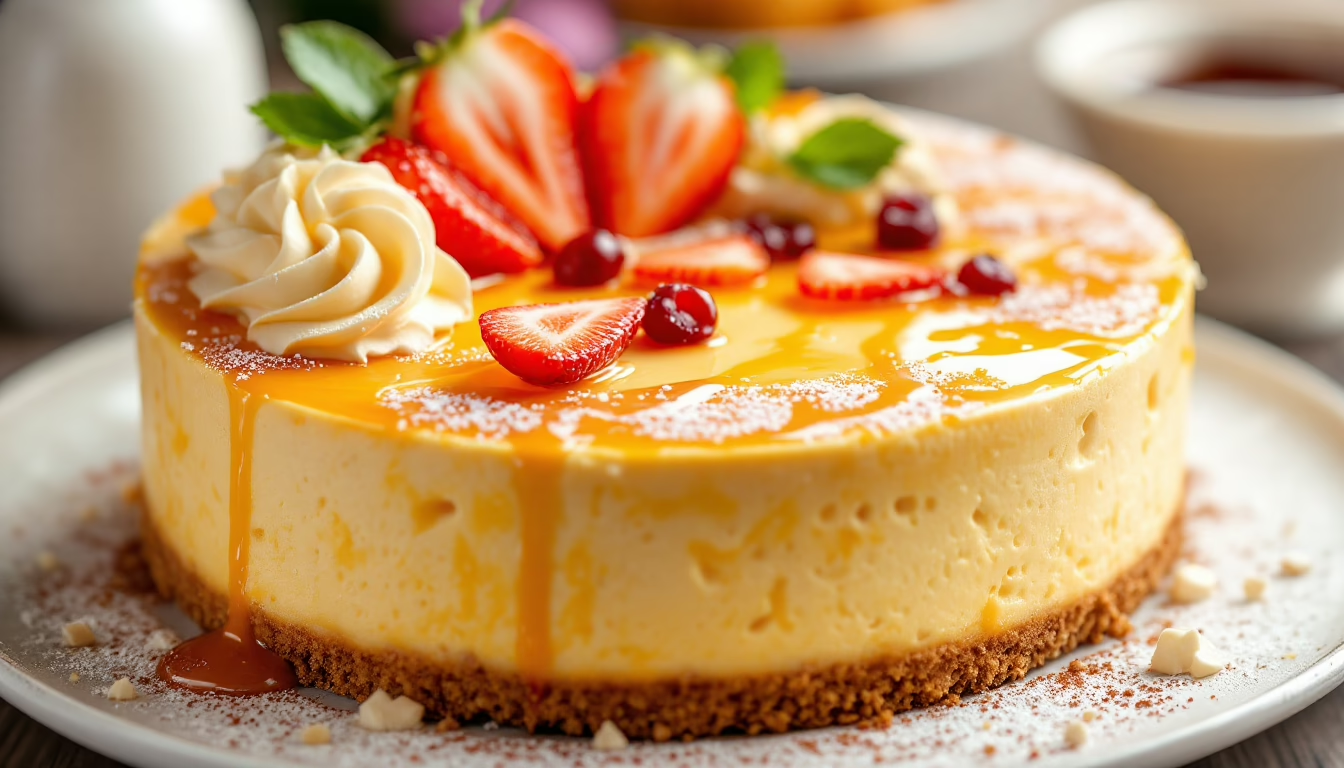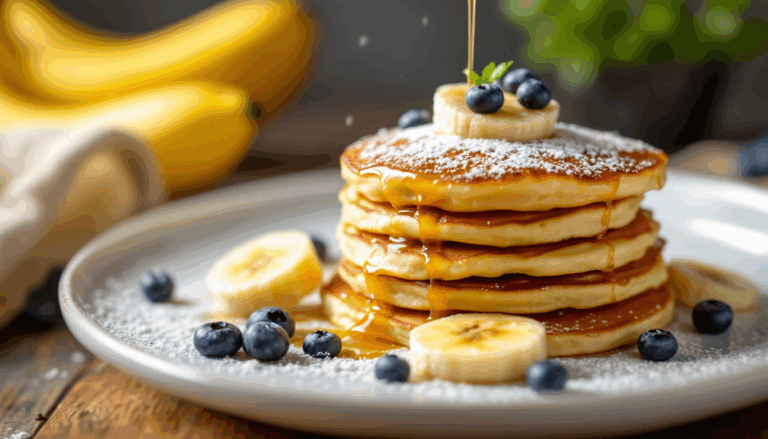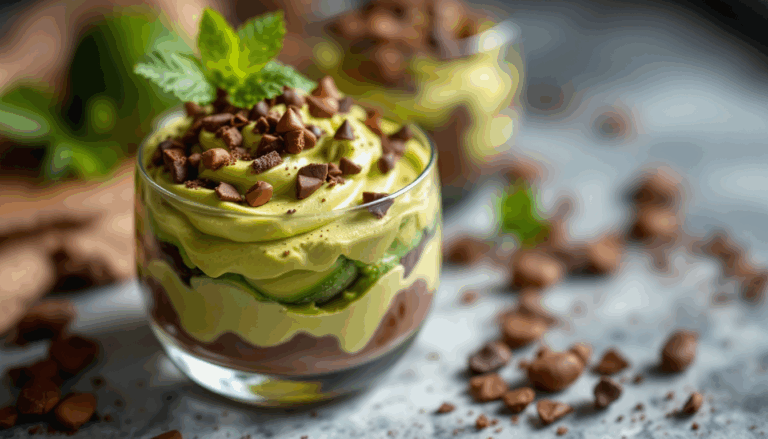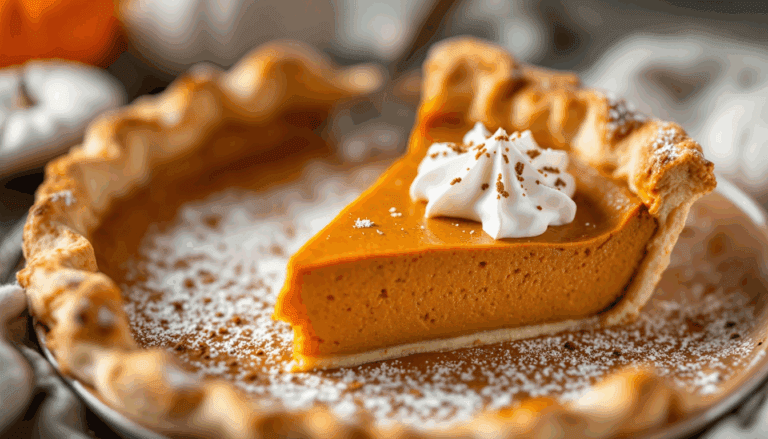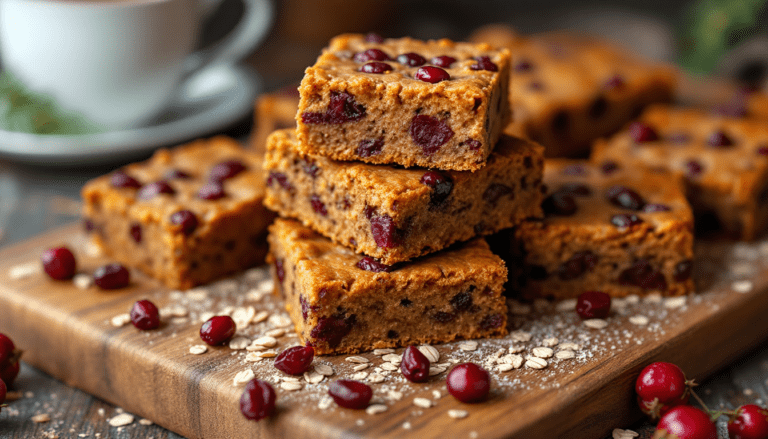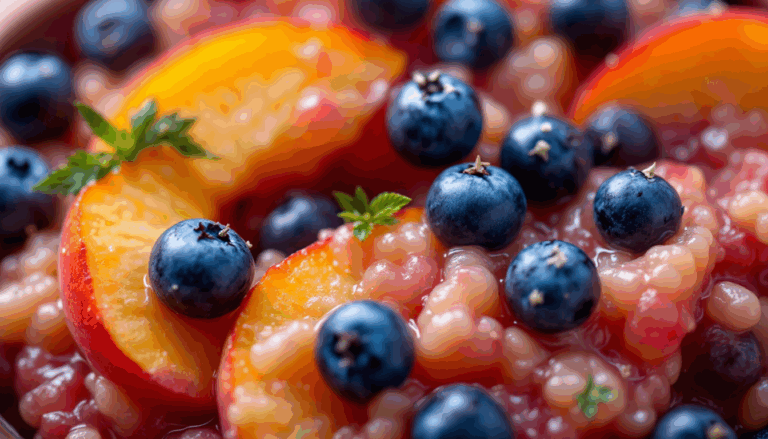Perfect New York Cheesecake Recipe – Easy & Foolproof
The Perfect New York Cheesecake Recipe That Actually Works (After Many, Many Failures) – I need to tell you about the great cheesecake disaster of 2019.
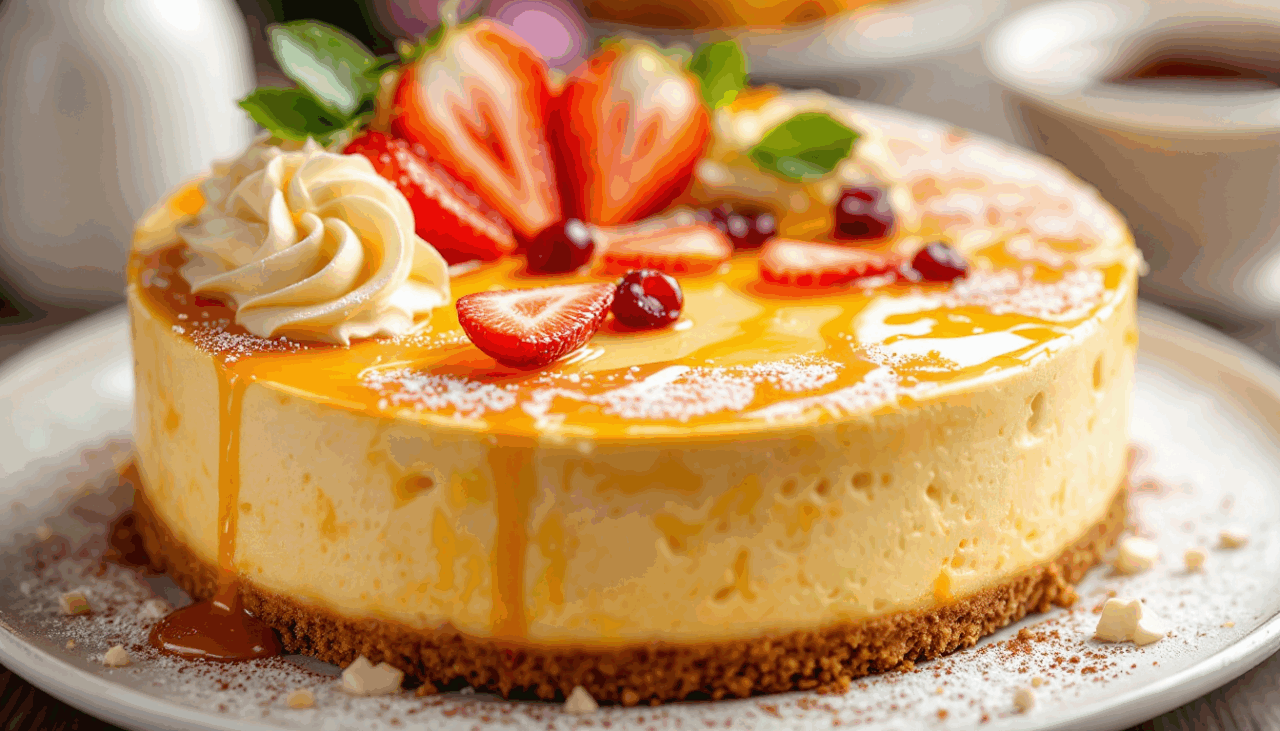
New York cheesecake
Ingredients
- 85g Butter
- 140g Sour Cream
- 1 tbsp Sugar
- 900g Cream Cheese
- 250g Caster Sugar
- 3 tbsp Plain Flour
- 1u00bd teaspoons Lemon Juice
- 3 Large Eggs
- 250ml Sour Cream
- 150ml Sour Cream
- 1 tbsp Caster Sugar
- 2 tsp Lemon Juice
Instructions
- Position an oven shelf in the middle of the oven. Preheat the oven to fan 160C/conventional 180C/gas 4. Line the base of a 23cm springform cake tin with parchment paper. For the crust, melt the butter in a medium pan. Stir in the biscuit crumbs and sugar so the mixture is evenly moistened. Press the mixture into the bottom of the pan and bake for 10 minutes. Cool on a wire rack while preparing the filling.
- For the filling, increase the oven temperature to fan 200C/conventional 240C/gas 9. In a table top mixer fitted with the paddle attachment, beat the soft cheese at medium-low speed until creamy, about 2 minutes. With the mixer on low, gradually add the sugar, then the flour and a pinch of salt, scraping down the sides of the bowl and the paddle twice.
- Swap the paddle attachment for the whisk. Continue by adding the vanilla, lemon zest and juice. Whisk in the eggs and yolk, one at a time, scraping the bowl and whisk at least twice. Stir the 284ml carton of soured cream until smooth, then measure 200ml/7fl oz. Continue on low speed as you add the measured soured cream. Whisk to blend, but don't over-beat. The batter should be smooth, light and somewhat airy.
- Brush the sides of the springform tin with melted butter and put on a baking sheet. Pour in the filling - if there are any lumps, sink them using a knife - the top should be as smooth as possible. Bake for 10 minutes. Reduce oven temperature to fan 90C/conventional 110C/gas u00bc and bake for 25 minutes more. If you gently shake the tin, the filling should have a slight wobble. Turn off the oven and open the oven door for a cheesecake that's creamy in the centre, or leave it closed if you prefer a drier texture. Let cool in the oven for 2 hours.
- Combine the reserved soured cream with the 142ml carton, the sugar and lemon juice for the topping. Spread over the cheesecake right to the edges. Cover loosely with foil and refrigerate for at least 8 hours or overnight. Run a round-bladed knife around the sides of the tin to loosen any stuck edges. Unlock the side, slide the cheesecake off the bottom of the tin onto a plate, then slide the parchment paper out from underneath.
Nutrition
Picture this: I’m hosting my first proper dinner party in my tiny apartment, feeling very adult and sophisticated with my mismatched plates and IKEA wine glasses.
The menu is ambitious but manageable — roast chicken, seasonal vegetables, and for the grand finale, a classic New York cheesecake that I was convinced would be my triumph.
I’d watched exactly three YouTube videos and read approximately seventeen blog posts, so naturally, I felt like an expert.
The reality?
A sunken, cracked monstrosity that looked like it had been through an earthquake.
My guests were polite (bless them), but I caught my best friend Sarah taking a photo of it — not the good kind of photo, the “I need evidence of this culinary catastrophe” kind.
That cheesecake haunted me for months.
Every time I walked past the baking aisle in the grocery store, those blocks of cream cheese seemed to mock me with their perfect, pristine packaging.
But here’s the thing about kitchen failures — they’re only failures if you don’t learn from them.
And boy, did I learn.
After years of tweaking, testing, and probably consuming more cheesecake than any reasonable person should (my jeans can attest to this), I finally cracked the code.
This New York cheesecake recipe isn’t just another recipe; it’s my redemption story, my culinary comeback, my proof that persistence and a willingness to embrace imperfection can lead to something genuinely spectacular.
The Ultimate New York Cheesecake Recipe with Pro Tips
Before we dive into the nitty-gritty of this New York cheesecake recipe, let’s talk about what makes New York cheesecake so special — and so intimidating.
Unlike its lighter, fluffier cousins (looking at you, Japanese cotton cheesecake), New York cheesecake is unapologetically rich and dense.
It’s the dessert equivalent of a perfectly tailored black coat — classic, substantial, and impossible to ignore.
The traditional New York cheesecake recipe emerged in the 1920s, when cream cheese became widely available and New York bakeries started competing to create the most luxurious version possible.
The key characteristics?
A graham cracker crust that’s sturdy enough to support the hefty filling, a dense but creamy texture that doesn’t rely on whipped cream or gelatin for structure, and that distinctive tang that comes from using plenty of cream cheese and sour cream.
What sets this apart from other cheesecake styles is the technique — high heat to start, then low and slow to finish, creating that perfect creamy center with minimal cracking.
- Easy Banana Pancakes Recipe – Simple & Delicious
- The Ultimate Chocolate Gateau Recipe: Simpler Than You Think
- Classic British Bakewell Tart Recipe | Almond & Raspberry
- A Simple Apple Frangipan Tart Recipe That Tastes Like All-Day Baking
- Bread and Butter Pudding Recipe: Comfort in Every Bite
- Perfect Simple Pancakes Recipe – Easy & Delicious
It’s not a quick dessert (patience is absolutely required), but the payoff is a slice of cheesecake that’s so rich and satisfying, you’ll understand why New Yorkers are so proud of their namesake dessert.
The Essential New York Cheesecake Recipe
This New York cheesecake recipe serves 12 generous slices and requires about 30 minutes of active prep time, plus overnight chilling.
Yes, it’s a commitment, but some things in life are worth waiting for.
For the Crust:
- 85g butter
- 140g digestive biscuits (or graham crackers), finely crushed
- 1 tablespoon caster sugar
For the Filling:
- 900g full-fat cream cheese, at room temperature (this is crucial!)
- 250g caster sugar
- 3 tablespoons plain flour
- Pinch of salt
- 1½ teaspoons fresh lemon juice
- Zest of 1 lemon
- 1 teaspoon vanilla extract
- 3 large eggs plus 1 egg yolk, at room temperature
- 250ml sour cream (reserve about 50ml for later)
For the Topping:
- 150ml sour cream
- 1 tablespoon caster sugar
- 2 teaspoons fresh lemon juice
Step-by-Step Instructions for New York Cheesecake Success
Making this New York cheesecake recipe requires attention to detail, but I promise it’s more straightforward than you might think.
The key is understanding why each step matters — and I’ll explain every single one.
Preparing Your Kitchen and Equipment
First things first: position an oven rack in the middle of your oven and preheat to 160°C fan (180°C conventional).
Line the base of a 23cm springform tin with parchment paper.
Here’s my first crucial tip: if your springform tin is old or the seal isn’t perfect, wrap the bottom in aluminum foil.
Trust me on this — I learned the hard way that a leaky tin equals a soggy crust.
Creating the Perfect Crust Foundation
Melt the butter in a medium saucepan over low heat.
While it’s melting, crush your digestive biscuits until they’re fine but not powdery — you want some texture.
I use a food processor, but a rolling pin and a sealed bag work perfectly fine (and it’s excellent stress relief).
Mix the melted butter with the biscuit crumbs and sugar until everything is evenly moistened.
The mixture should hold together when you squeeze it but not be soggy.
Press this mixture firmly into the bottom of your prepared tin.
I use the bottom of a measuring cup to get it really even and compact.
Bake for 10 minutes, then cool on a wire rack while you prepare the filling.
This pre-baking step prevents a soggy bottom — and nobody wants that in their New York cheesecake recipe.
Mastering the Cheesecake Filling
Here’s where things get interesting.
Increase your oven temperature to 200°C fan (240°C conventional).
This seems counterintuitive for a delicate dessert, but that initial blast of high heat is what gives New York cheesecake its characteristic texture.
In a stand mixer fitted with the paddle attachment, beat the cream cheese at medium-low speed until completely smooth and creamy, about 2 minutes.
Don’t rush this step — lumps in your cream cheese will mean lumps in your finished cheesecake, and nobody has time for that disappointment.
With the mixer on low, gradually add the sugar, then the flour and salt.
Stop and scrape down the sides of the bowl and the paddle at least twice.
This is tedious but essential — every bit of flour needs to be incorporated.
The Crucial Mixing Technique
Swap your paddle for the whisk attachment.
Add the vanilla, lemon zest, and lemon juice.
Now comes the part that requires patience: add the eggs and extra yolk one at a time, whisking well after each addition and scraping the bowl frequently.
This gradual addition prevents the mixture from curdling.
Stir your sour cream until smooth, then measure out 200ml (save the rest for the topping).
Add this to the mixture on low speed, whisking just until blended.
Don’t over-mix at this stage — you want the batter smooth and airy, but too much mixing can make it dense.
The Baking Process That Makes All the Difference
Brush the sides of your springform tin with melted butter (this prevents sticking) and place it on a baking sheet.
Pour in the filling, and if you see any lumps, use a knife to gently sink them below the surface — the top should be as smooth as possible.
Bake at the high temperature for 10 minutes, then reduce to 90°C fan (110°C conventional) and bake for 25 minutes more.
The center should have just a slight wobble when you gently shake the pan.
Turn off the oven and crack the door open for a creamier center, or leave it closed for a firmer texture.
Let the cheesecake cool in the oven for 2 hours.
Yes, 2 hours.
This gradual cooling prevents dramatic cracking.
Pro Tips for New York Cheesecake Perfection
After years of perfecting this New York cheesecake recipe, I’ve learned some tricks that make all the difference between good and extraordinary.
Temperature Control Is Everything
Room temperature ingredients aren’t just a suggestion — they’re the difference between smooth, creamy cheesecake and lumpy disaster.
Take your cream cheese and eggs out of the fridge at least 2 hours before you start.
If you forget (like I do constantly), place the wrapped cream cheese in warm water for 30 minutes, and put the eggs in a bowl of warm water for 10 minutes.
The Water Bath Debate
Many New York cheesecake recipes call for a water bath, but I’ve found this version works beautifully without one.
The key is that gradual temperature reduction and slow cooling in the oven.
However, if you’re nervous about cracking, you can absolutely place a shallow pan of hot water on the bottom rack of your oven.
Cracking Prevention Strategies
Cracks happen, and they don’t affect the taste one bit.
But if they bother you, here are my prevention tips: don’t overbeat the batter once you add the eggs, cool the cheesecake gradually (that’s why we leave it in the turned-off oven), and don’t open the oven door during the first hour of cooling.
The sour cream topping also helps hide any minor imperfections.
The Final Touch: Sour Cream Topping
Mix the remaining sour cream with sugar and lemon juice for the topping.
Spread this over the completely cooled cheesecake, right to the edges.
This isn’t just decorative — it adds another layer of tangy richness that makes this New York cheesecake recipe truly special.
Creative Variations on the Classic
While this traditional New York cheesecake recipe is perfection on its own, sometimes you want to mix things up.
Here are my favorite variations that won’t compromise the classic structure.
Chocolate New York Cheesecake
Replace 3 tablespoons of flour with 3 tablespoons of cocoa powder, and add 100g of melted dark chocolate (cooled) to the cream cheese mixture.
The result is rich, chocolatey, but still unmistakably New York cheesecake.
Berry Swirl Version
Before baking, drop spoonfuls of berry jam or fresh berry compote over the batter and swirl gently with a knife.
Strawberry and blueberry work particularly well, adding beautiful color and fruity contrast to the rich base.
Caramel Pecan Twist
Add chopped pecans to your crust mixture and drizzle cooled caramel sauce over the batter before baking.
Swirl it in for a gorgeous marbled effect that tastes like autumn in New York.
Individual Mini Cheesecakes
Divide the recipe among 12 muffin tins lined with paper cases.
Reduce baking time to 5 minutes at high heat, then 15 minutes at low.
Perfect for parties or when you want portion control (though let’s be honest, you’ll probably eat two).
What to Expect: Realistic Results and Troubleshooting
Let me be completely honest about what you can expect from this New York cheesecake recipe.
First, it might not look like the pristine photos you see in magazines — and that’s perfectly fine.
Real cheesecake, made in real kitchens by real people, sometimes has cracks, and the surface might not be mirror-smooth.
These imperfections don’t affect the taste one bit.
Your first slice might not come out perfectly clean either.
Cheesecake is rich and dense, and it takes a sharp knife dipped in warm water between cuts to get those picture-perfect slices.
But even slightly messy slices taste incredible, so don’t stress about presentation too much.
The flavor will actually improve overnight — the tangy notes mellow, the texture becomes even more luxurious, and all the flavors marry together beautifully.
This is one dessert that rewards patience, though I completely understand if you can’t wait that long (I’ve been known to sneak tastes while it’s still slightly warm).
If your cheesecake does crack significantly, remember that the sour cream topping covers a multitude of sins.
And honestly?
Some of the best cheesecakes I’ve ever eaten had rustic, homemade looks that made them even more appealing.
Perfect is overrated — delicious is what matters.
This New York cheesecake recipe has been my kitchen confidence-builder, my go-to impressive dessert, and my proof that sometimes the best things really do come to those who wait.
It’s rich enough that small slices satisfy, special enough for celebrations, but simple enough to become part of your regular repertoire.
Most importantly, it’s forgiving enough that even if things don’t go exactly according to plan, you’ll still end up with something absolutely delicious.

